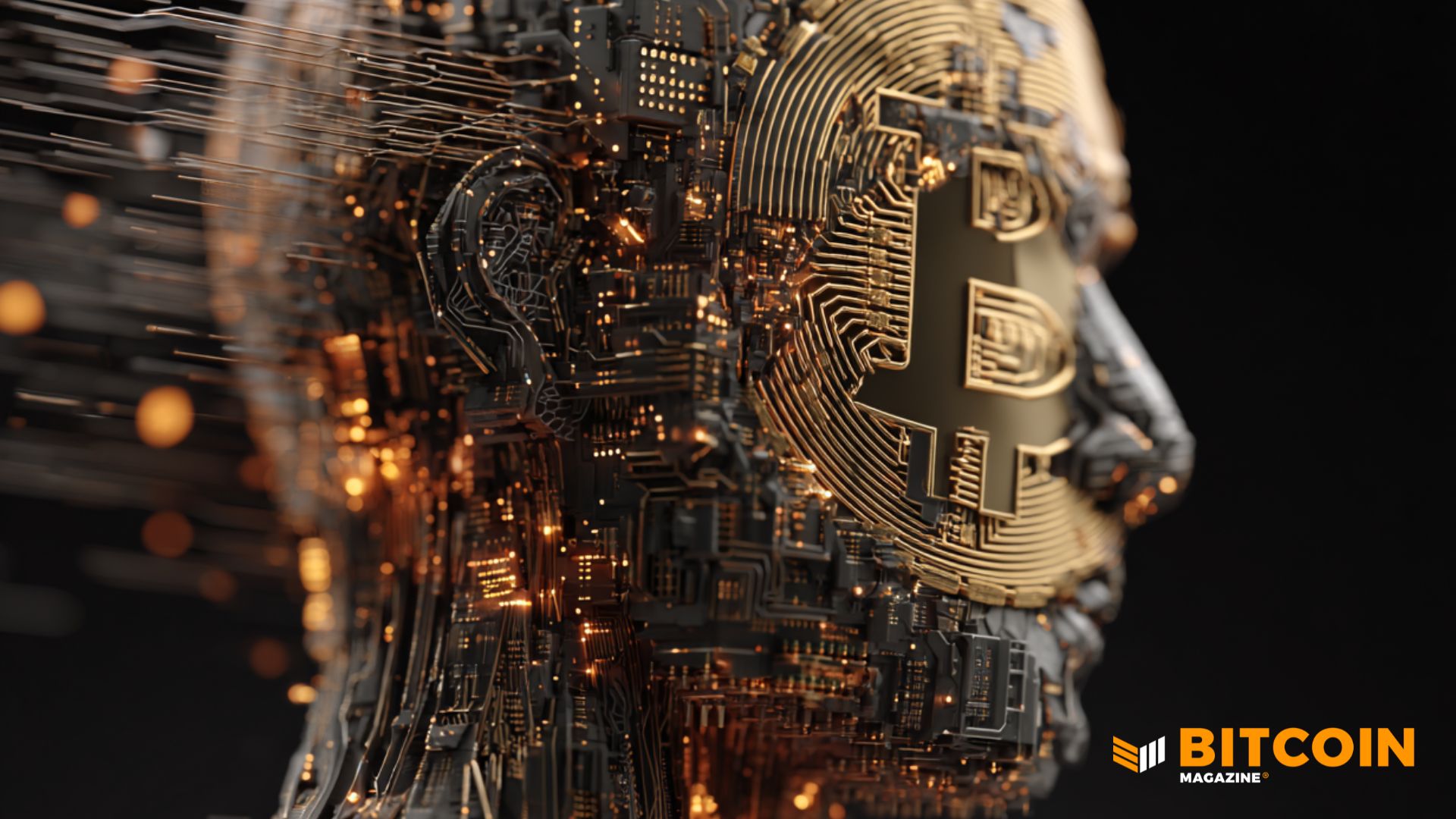Anthropic Bets Big: A Billion-Dollar Move to Transform Enterprise AI

Anthropic’s recent announcement to deploy up to one million Google Cloud TPUs, a deal estimated to be worth tens of billions of dollars, marks a significant strategic shift in the enterprise AI infrastructure landscape. This monumental expansion, projected to bring over a gigawatt of computing capacity online by 2026, represents one of the largest singular commitments to specialized AI accelerators ever made by a foundation model provider. For enterprise leaders, this move offers crucial insights into the evolving economic considerations and architectural decisions shaping production-grade AI deployments.
The timing and sheer scale of this commitment are particularly noteworthy. Anthropic currently serves more than 300,000 business customers, with large accounts, those generating over US$100,000 in annual run-rate revenue, growing nearly sevenfold in the past year alone. This rapid customer expansion, primarily among Fortune 500 companies and AI-native startups, demonstrates that Claude’s enterprise adoption is accelerating beyond the experimental phase. It is now firmly transitioning into production-grade implementations, where infrastructure reliability, cost efficiency, and consistent performance are essential, non-negotiable requirements.
What distinguishes this announcement from typical vendor partnerships is Anthropic’s explicit embrace of a diversified compute strategy. The company operates across three distinct chip platforms: Google’s TPUs, Amazon’s Trainium, and NVIDIA’s GPUs. Anthropic’s CFO, Krishna Rao, noted that Amazon remains their primary training partner and cloud provider, with continued collaboration on Project Rainier, an immense compute cluster spanning hundreds of thousands of AI chips across multiple U.S. data centers. This multi-platform approach carries profound implications for enterprise technology leaders carefully mapping their own AI infrastructure strategies.
This strategic diversification underscores a pragmatic reality: no single accelerator architecture or cloud ecosystem can optimally support all AI workloads. Training massive large language models, fine-tuning for domain-specific applications, serving inference requests at scale, and conducting advanced alignment research each demand distinct computational profiles, cost structures, and latency tolerances. The strategic takeaway for CTOs and CIOs is clear, vendor lock-in at the infrastructure layer poses escalating risks as enterprise AI workloads continue to evolve. Organizations aiming to build durable AI capabilities must assess how their model providers’ architectural flexibility and ability to port workloads across diverse platforms translate into greater agility, pricing leverage, and continuity assurance for their operations.
Google Cloud CEO Thomas Kurian attributed Anthropic’s expanded TPU commitment to the “strong price-performance and efficiency” that Google’s accelerators have demonstrated over time. While benchmark details remain proprietary, the economic rationale behind this decision is significant for enterprise AI budgeting. TPUs, designed specifically for tensor operations central to neural network computation, often deliver superior throughput and energy efficiency for certain architectures compared to general-purpose GPUs. The reference to “over a gigawatt of capacity” is also telling, power consumption and cooling infrastructure are becoming critical constraints on large-scale AI deployments. For enterprises managing on-premises AI systems or negotiating colocation agreements, understanding the total cost of ownership (TCO), including facilities, power, and operational overhead is now as vital as evaluating raw compute pricing.
The seventh-generation TPU, codenamed Ironwood, represents Google’s latest advancement in AI accelerator design. While detailed technical documentation remains limited, Google’s decade-long development and proven production history provide a compelling benchmark for enterprises assessing newer entrants in the competitive AI chip market. Maturity, tooling integration, and supply chain stability are now critical factors in enterprise procurement, where continuity risk can derail multi-year AI initiatives.
From Anthropic’s ambitious infrastructure expansion, several strategic considerations emerge for enterprise leaders planning their AI investments:
Capacity Planning and Vendor Relationships:
The tens of billions committed highlight the massive capital intensity required to meet surging enterprise AI demand. Organizations dependent on foundation model APIs should scrutinize providers’ capacity roadmaps and diversification strategies to mitigate risks tied to service availability, demand surges, or geopolitical supply disruptions.Safety, Alignment, and Compliance:
Anthropic has explicitly linked its expanded infrastructure to “more thorough testing, alignment research, and responsible deployment.” For enterprises in highly regulated sectors such as finance, healthcare, or government contracting, the computational resources dedicated to safety directly affect model reliability and compliance posture. Procurement discussions should therefore extend beyond performance metrics to include testing, validation, and responsible deployment practices.Cross-Platform Integration:
While this announcement centers on Google Cloud, modern enterprise AI ecosystems are inherently multi-cloud. Companies leveraging AWS Bedrock, Azure AI Foundry, or other orchestration layers must understand how foundation model providers’ infrastructure choices influence API performance, latency, regional availability, and compliance certifications across cloud environments.Competitive and Economic Context:
Anthropic’s expansion occurs amid intensifying competition from OpenAI, Meta, and other major players. For enterprise buyers, this escalating investment race may drive rapid model improvements, but also introduce pricing pressures, vendor consolidation, and shifting partnerships, necessitating proactive and agile vendor management. As enterprises shift from pilot projects to full-scale production, the efficiency of underlying infrastructure will increasingly dictate AI ROI.
Anthropic’s multi-chip diversification across TPUs, Trainium, and GPUs suggests that no single dominant architecture has yet proven universally optimal for enterprise AI workloads. Consequently, technology leaders should resist premature standardization and prioritize architectural optionality as the AI market continues its rapid evolution.
Ultimately, this development reinforces that the future of enterprise AI will be defined not solely by model sophistication, but by scalable, efficient, and resilient infrastructure strategies—those capable of balancing performance, flexibility, and sustainability in an increasingly competitive and resource-intensive era of artificial intelligence.
Recommended Articles
Microsoft's $17.5 Billion Bet: AI and Cloud Infrastructure Expansion in India

Microsoft is making its largest-ever investment in Asia, committing $17.5 billion to expand AI and cloud infrastructure ...
Tech Titans Unite: Amazon Seals Staggering $38 Billion OpenAI-Nvidia Chip Deal!

Amazon Web Services (AWS) has signed a significant $38 billion, seven-year deal with OpenAI, the creator of ChatGPT, to ...
Google Cloud's AI Blitz: Flooding the Zone with Innovation

While the AI infrastructure market is witnessing massive consolidation through mega-deals, Google Cloud is charting a di...
Crypto Miner Giant Hut 8 Taps Google for Colossal 2.3 GW AI Infrastructure Project

Hut 8 Corp., a former bitcoin miner, has announced a major pivot into AI infrastructure through a partnership with Anthr...
AI Revolution Hits Workplace: Claude Code Integrates with Slack, Poised to Transform Productivity!

Anthropic is launching Claude Code in Slack, a new beta feature that brings full workflow automation to developers direc...
You may also like...
Coursera Buys Udemy: A Reflection on Tech, Education and What Comes Next

Plans for the Coursera-Udemy merger is currently underway. This article explains Coursera's planned $2.5 billion acquisi...
US, Nigeria Sign $2.1bn Health Agreement with Focus on Christian Faith-Based Facilities

The US and Nigeria sign a five-year $2.1bn health pact prioritising Christian faith-based hospitals, linking expanded ca...
It’s That Time of The Year Again… Did You Actually Achieve Your 2025 Resolutions?

As the year winds down, many are taking a hard look at the goals they set in January. Did 2025 turn out the way you plan...
Escaping Poverty Is Not A Career Plan—Rethinking The Career And Hustle Culture

A commentary on career and hustle culture in Africa, examining why escaping poverty is not a career plan and what we can...
AFCON 2025 Kicks Off in Style as Davido Headlines Dazzling Opening Ceremony in Morocco

AFCON 2025 officially begins in Rabat with a vibrant opening ceremony headlined by Davido, blending football, music, and...
NBA Record Books Shaken as Bulls Edge Hawks in 152–150 Offensive Spectacle

The Chicago Bulls defeat the Atlanta Hawks 152–150 in the NBA’s highest-scoring game of the season, rewriting records in...
Scorsese and DiCaprio Prepare for Another Psychological Descent as “What Happens at Night” Nears Production

Martin Scorsese and Leonardo DiCaprio are set to reunite for the psychological thriller What Happens at Night, with film...
Percy Jackson Soars Again as Season Two Conquers Disney+ and Earns Perfect Reviews

Percy Jackson and the Olympians Season 2 dominates Disney+ viewership and earns a rare perfect critics’ score as the ser...